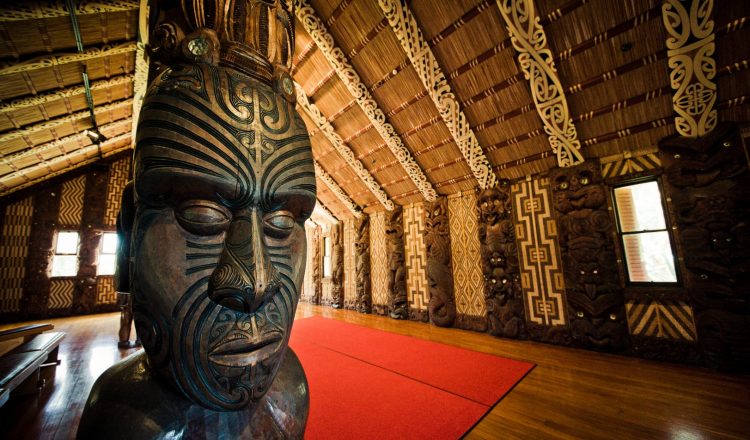新西兰文化简介
尽管新西兰的人口略少于 500 万,但它拥有世界上最独特和最多样化的文化之一。由于文化范围如此广泛而充满活力,很容易假设人口统计之间可能会有一些摩擦。然而,正如新西兰现代化的那样,事实证明,这远不是事实。
新西兰人民
由于地理位置偏远,新西兰是地球上最后一个人类居住的地区之一。第一批定居者是在 1200 年代末抵达的波利尼西亚人。随着他们在新西兰群岛散布,他们的传统发展成了独特的毛利文化,充分利用了他们可以使用的多样化自然资源。
下一波定居者是欧洲人,他们主要是在 19 世纪为了到达新家园而旅行的欧洲人。这些欧洲人有时被毛利人称为 Pakeha,现在构成了新西兰的主要人口。尽管欧洲人和毛利人有分歧和分歧,但随着时间的推移,一种积极的关系已经形成。在新西兰于 1948 年脱离联合王国独立以及这两个民族群体的文化灌输之后,最明显的是。
猕猴桃文化
这些团结起来的新西兰人或 “新西兰人” 以开放的思想和对政治和文化的进步前景而闻名。1893 年,新西兰是第一个允许妇女选举权的国家,并继续表示愿意在其境内优先考虑公平和包容性。然而,新西兰人民不仅因其公平而闻名,而且还以友善和务实主义而闻名。许多新西兰人离他们的先祖只有几代人,随着新西兰人民进入现代,辛勤工作的态度和帮助他人的意愿一直保持强大。
正是这种热情友好的前景使新西兰成为真正的文化大熔炉,而不仅仅是毛利人和欧洲人!近年来,新西兰境内的亚洲人口出现了显著增长。这些亚洲新西兰人大多发现他们与新西兰现有文化有很多共同点,特别是具有毛利人影响力的文化。强调重视长者,欢迎陌生人,对于一些东南亚人来说,即使是舞蹈传统也让人想起家庭。
这种开放和多元化的猕猴桃文化成功的关键因素是分享。分享舞蹈、雕塑和文学等艺术,分享价值观甚至分享语言。新西兰的国歌《上帝保卫新西兰》就是新西兰的例证。这首歌以英语和毛利语歌唱,展示了人们的团结。

















































